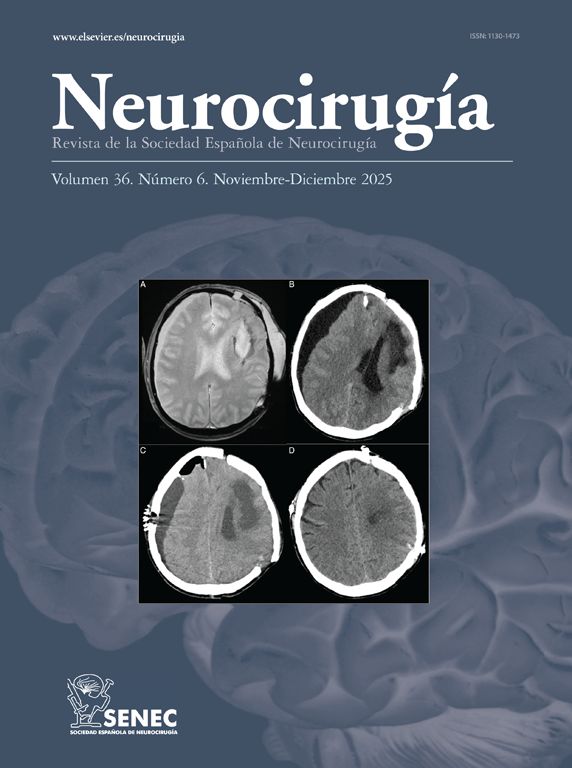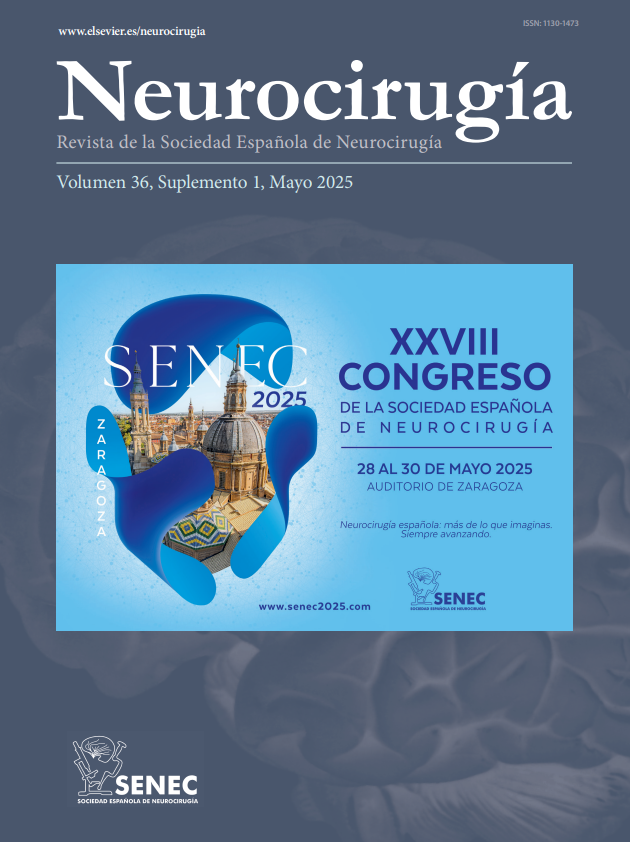O-18 - OUR EXPERIENCE IN NAVIGATED ROBOT-ASSISTED SPINE SURGERY
Hospital Clínico San Carlos, Madrid, Spain.
Introduction: Potential complications associated with screw malposition may result in neurological deficit or vascular injuries. The advantages of applying robotic technology possibility of improving in spine screw surgery accuracy, include the reducing complications, decreasing fluoroscopy use.
Methods: The aim of this study was to assess the accuracy of pedicle screw placement, fusion rates and complications rates in adult patients with degenerative disorders of the thoracic and lumbar spines who have undergone robotic/navigated spinal surgery. The authors reviewed retrospectively on collected data 118 adult patients who had pedicle screws implanted with robot/navigated assistance using the between September 2020 and September 2024. ExcelsiusGPS system Pedicle screws were implanted by 4 experienced spinal surgeons after completion of a learning period.
Results: A total of 548 pedicle screws were implanted in 118 patients; all the totality screws were placed robotically. The accuracy of pedicle screw placement was determined using intraoperative 3D fluoroscopy. In all patients a posoperative computed tomography scans were requested systematically. The accuracy rate of robot placed screw was 99.45%. Tree screws in different patient were determined to be Gertzbein and Robbins grade B, both patients without symptoms of sciatica and no adverse clinical sequalae were noted in the follow up. Two infections were found (0.36%) and one required material removal (0.18%). The rate of screw malpositioning was a 0.547% and the fusion rates was 96.36%.
Conclusions: This study demonstrates a high level of successful surgeon/assessed pedicle screw placement navigated robot/assisted, with no malpositions requiring a return to the OR.






